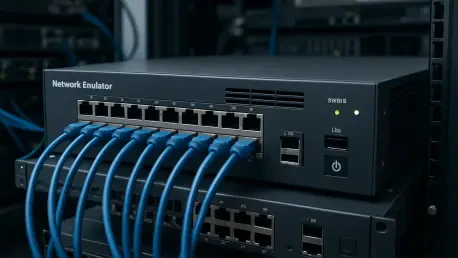
The world of networking technology is undergoing a seismic shift, and at the heart of this transformation lies the critical role of network emulators, tools designed to replicate real-world network conditions for testing and optimization. A recently released comprehensive report, published on

In an era where cyber threats are not just a possibility but a daily reality, organizations across the globe are scrambling to protect their digital assets from increasingly sophisticated attacks, with challenges ranging from state-sponsored hackers infiltrating critical infrastructure to insider

I'm thrilled to sit down with Matilda Bailey, a renowned networking specialist with deep expertise in cellular, wireless, and next-gen solutions. With her finger on the pulse of the latest technologies and security trends, Matilda is the perfect person to help us unpack a critical issue in the

In an era where businesses increasingly rely on cloud platforms for their operations, the specter of cyber threats looms larger than ever, casting a shadow over digital transformation efforts and exposing vulnerabilities that demand immediate attention. As organizations migrate sensitive data and

In the ever-evolving field of neuroscience, the ability to observe and interpret the intricate dance of intracellular calcium dynamics offers profound insights into fundamental processes such as neurotransmission, muscle contraction, and signal transduction. Calcium imaging has emerged as a

In a digital era where cyber threats loom larger than ever, Okta’s recent $75 million acquisition of Axiom Security marks a significant milestone in the cybersecurity landscape, reflecting a calculated step toward redefining the principles of zero-trust security. This strategic maneuver is not just